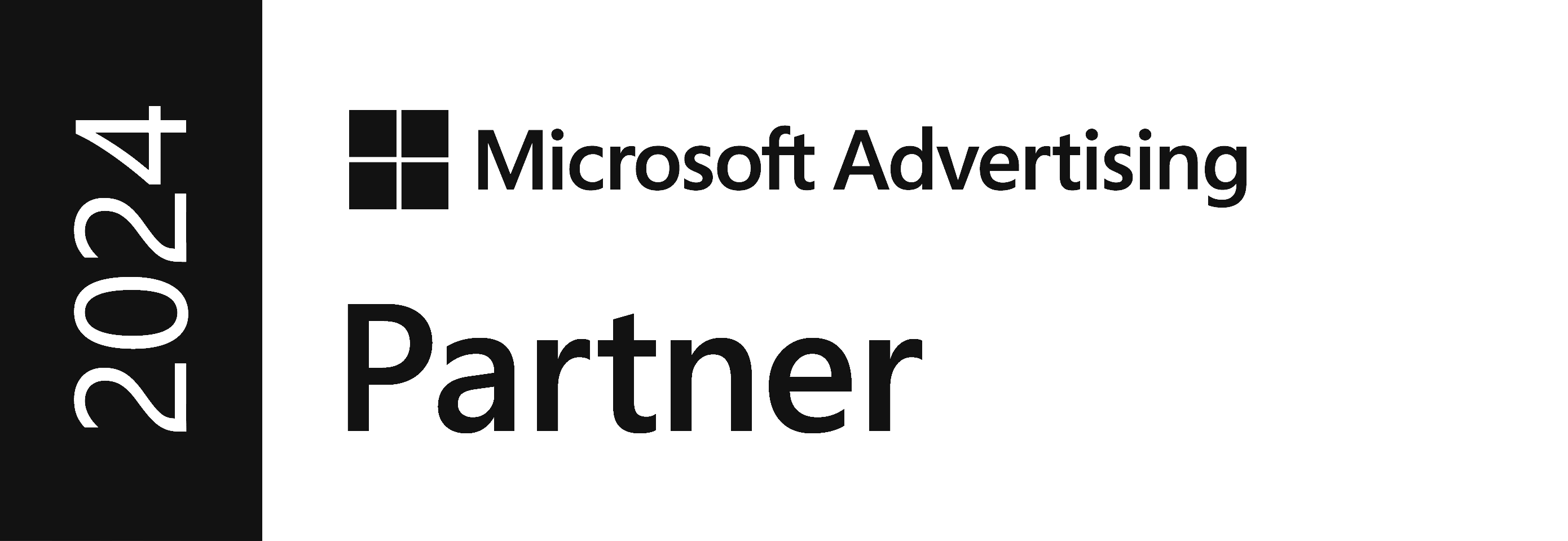Over the past few years, we've faced a global economic downturn and rising inflation rates, making everyday purchases more challenging for consumers. As a result of this, businesses must compete more fiercely for consumer spending. Successful companies recognise the critical role of marketing, including influencer marketing, in navigating tough times and often increase their marketing expenditures, even when cutting costs elsewhere.
Influencer Marketing Hub predicts that the market size will reach an estimated $24 billion by the end of 2024, indicating strong ongoing growth momentum despite challenging economic conditions.
So, why does influencer marketing in 2024 matter more than ever?
The Different Types of Influencers
Before we get into why influencer marketing is more important than ever, let’s discuss the different types of influencers that business use to get their message across.
Picking the right kind of influencer means looking at things like their reach, how much their followers engage with them, and how well they fit with your brand and target audience. Influencers are usually sorted by how many followers they have, which gives a general idea of their reach and impact.
However, keep in mind that real influence is tricky to measure. Someone with just 1,000 followers who feels relatable and genuine might sway your decisions more than someone with a million followers who doesn’t connect as well. While follower count is a common starting point for businesses, it’s a pretty rough measure of true influence.
Mega Influencer (1 Million+ followers)
Mega influencers are at the top tier, typically with over 1 million followers. They are often celebrities, athletes, or well-known personalities in their respective fields. Their vast reach allows them to influence a broad audience and generate significant engagement for brands they collaborate with.[BS1]
In January 2022, Khaby Lame, a mega influencer, signed a multi-year deal with Hugo Boss and became a key figure in their #BeYourOwnBoss campaign.
Macro Influencer (100,000 - 1 Million followers)
Macro influencers have substantial followings ranging from 100,000 to 1 million followers. They are highly influential within their niches and can reach a sizable audience while still maintaining a more personal connection compared to mega influencers. Macro influencers are often experts or prominent figures within specific industries.
Micro Influencer (1,000 - 100,000 followers)
Micro influencers have smaller but highly engaged followings, typically ranging from 1,000 to 100,000 followers. They are known for their niche focus and strong connections with their audience. Micro influencers often specialise in specific interests or local communities, making them valuable for targeted marketing campaigns.
Nano Influencer (Less than 1,000 followers)
Nano influencers have the smallest follower count, typically less than 1,000 followers. Despite their smaller reach, nano influencers often have a highly engaged and loyal audience. They are known for their authenticity and genuine interactions with their followers, making them effective for hyper-local or grassroots marketing efforts.
Cutting Through the Noise
In today's saturated online environment, standing out as a brand can be a daunting challenge. However, influencers offer a powerful solution by efficiently reaching target audiences and cutting through the clutter of digital content. Their well-established presence and distinctive voice enable them to deliver messages that resonate amidst the deluge of information on the internet. This makes influencers crucial in capturing and maintaining audience attention in a competitive digital landscape.
If you watch YouTube, you’ll know that a prime example of a business cutting through the noise is NordVPN, which relies heavily on influencer marketing on YouTube, where 85.3% of its social traffic originates.
By focusing on a macro-influencer program, NordVPN secured some of the biggest names as their ambassadors, such as PewDiePie, Mr Beast and Casey Neistat.
This strategy has allowed NordVPN to scale their influencer marketing from 1 to 14 global markets across 23 different verticals, including entertainment, tech, and gaming. YouTubers seamlessly integrate NordVPN into their videos, whether that be formally or comedically. As well as this, NordVPN's campaigns often feature "limited time offer" promotions with direct links to purchase pages, increasing engagement through story-like dilemmas and narrative arcs around the brand.
Now, you can even become a brand ambassador by signing up to their influencer programme.
The Value of Authenticity and Trust
Influencers exemplify the authenticity consumers crave in today's digital landscape. They forge genuine connections that traditional advertising often struggles to achieve, leveraging their sincere voices and relatable content. By sharing personal stories and candid viewpoints, influencers' endorsements carry significant weight, fostering deeper bonds with their audience.
For instance, Gymshark's #Gymshark66 campaign on TikTok and Instagram brilliantly demonstrated this authenticity. By partnering with sports and athlete influencers, Gymshark engaged its community through a challenge focused on positive habits and an active lifestyle. This approach not only resonated with participants but also garnered impressive engagement metrics, such as 252.6 million views on TikTok and over 785,000 posts on Instagram (as of February 2024).
The campaign's success underscores the power of authenticity in influencer marketing, where genuine connections drive meaningful engagement and brand loyalty.
Should Your Business Use an Influencer?
When deciding whether to incorporate influencers into your brand strategy, several key considerations should guide your decision-making process.
To achieve successful reach, you should first determine whether the influencer's audience fits your target demographic. Assessing how well the influencer's material aligns with your company values is also vital, since audience trust is largely dependent on authenticity.
Establish your precise objectives, such as raising brand awareness, promoting conversions, or enhancing engagement, in order to choose the influencer alliance that will help you achieve your goals. Budgetary restrictions should also be considered, as micro-influencers frequently provide affordable solutions.
Finally, choose between a long-term collaboration and a one-time campaign to build strong brand ties. Influencer marketing may, in the end, produce impressive results, but maximising its influence on your brand's success requires careful consideration, performance assessment, and selection.
However, it’s important to proceed with caution when deciding to use an influencer or not.
Partnering with the wrong influencer can be very costly and potentially damage your brand’s reputation. For example, although the collaboration between Snoop Dogg and Solo Stove did drive a lot of traffic for the brand at first, it ultimately failed, leading to the company losing a lot of time, investment and money.
As well as this, there have been instances where athletes or public figures have made racist or transphobic remarks, leading to brands quickly distancing themselves. Ensuring that an influencer aligns with your brand values and has a positive track record is crucial to avoid these risks.
Final Thoughts
Influencer marketing in 2024 has become increasingly vital amidst economic challenges and rising competition for consumer spending. Predicted to reach $24 billion by year-end, the industry's growth underscores its resilience and effectiveness.
Understanding the types of influencers, ranging from mega to nano based on follower counts, helps brands tailor their strategies for optimal reach and engagement. Influencers excel at cutting through digital noise by delivering authentic, relatable content that traditional advertising often lacks.
Ultimately, the strategic use of influencer marketing in 2024 can significantly enhance brand visibility and loyalty in a competitive digital landscape.
1st Floor, Alphin Brook House,
Alphin Brook Road,
Exeter EX2 8RG
MORE THAN
Digital
Marketing.
View our sustainability page.
PPC for B2B
PPC for Law Firms
PPC for Luxury Ecommerce Brands
PPC for Travel and Tourism
GEO Audit






